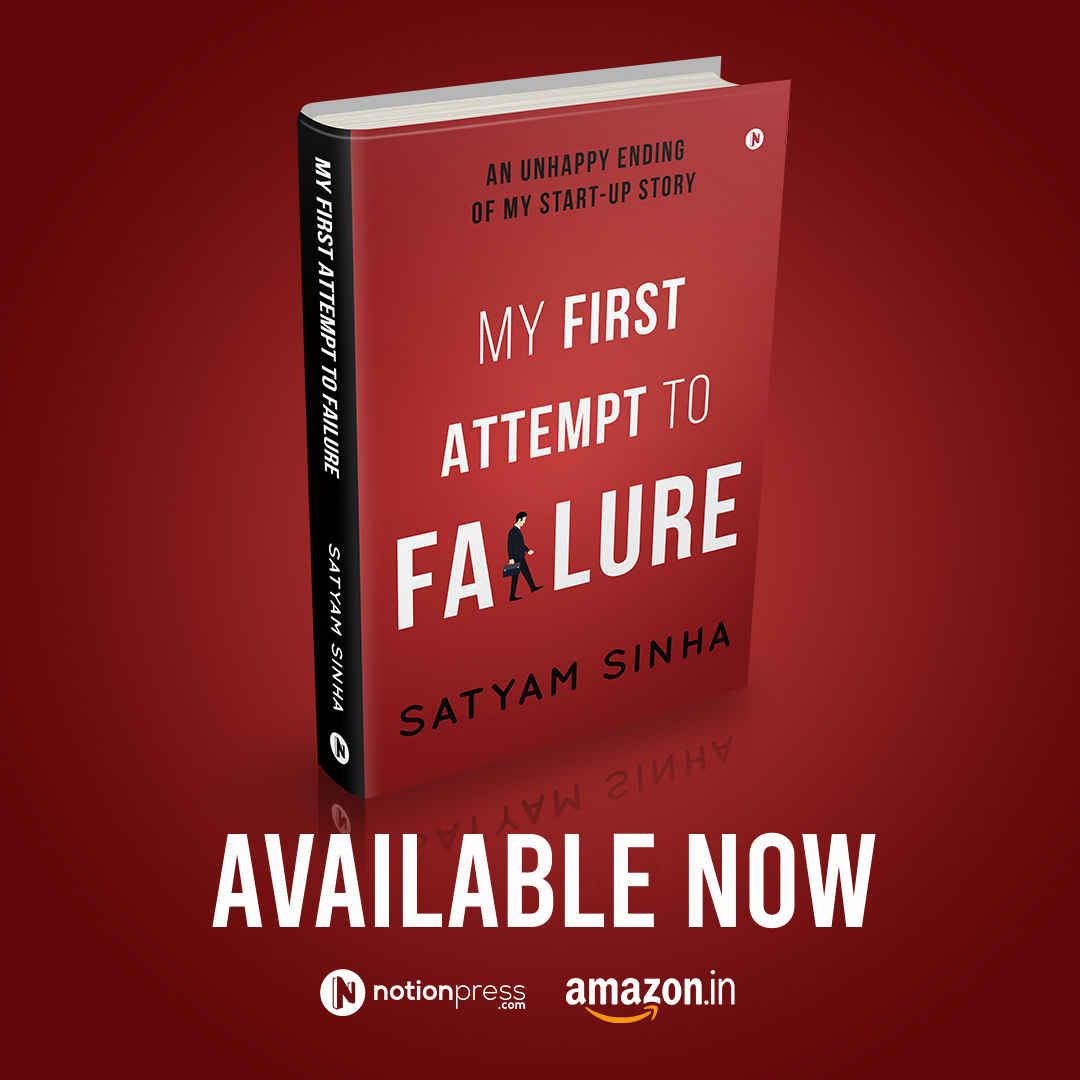Content Writing Guidelines
This article will help you to write a blog in the most efficient way
| To Front-load your ARTICLE:
Write a brief summary or overview of your article in a few sentences. Include your most important keywords in the summary and put it at the beginning of your article. This allows users to quickly assess what your article is about, and helps search engines to identify your most important keywords. To Front-load EVERY PARAGRAPH:
By doing this, you allow your readers to skim your entire article and get an overview of it by simply reading the first sentence or two of each paragraph. They can also scan your content, looking for points of interest, without having to read every paragraph to the end. To Front-load your HEADLINES: Start your headings with significant words. The first words then communicate the subject matter, and catch the eye of your reader. Well-composed headings at the beginning of each section will help your readers to skim and scan the entire article looking for points of interest. Put conclusions at the beginning |
| Write only one idea per paragraph
People don’t read Web pages, they scan them, so having short, meaty paragraphs is better than long rambling ones. |
| Use action words Tell your readers what to do |
| Use lists instead of paragraphs (7 Items max) |
| Write short paragraphs (6 lines max) |
| Write short sentences (25 words max) |
| Include internal subheadings |
| Play around with highlights, bold text, CAPS, or italics; |
| Talk about one thing only
Each piece of content should have one point. Only one. The first thing you should do when you sit down to write is to figure out what your bottom-line point is. After you write, the first round of edits is to make sure your writing stays on point. Any word, sentence or paragraph that breaks this one rule must be deleted — no matter how much you like it. |
| Spend as much time on your TITLE as you do writing
Even the most valuable, interesting content will be ignored if the title doesn’t connect with readers. Your title should create interest and forecast the information people will find when they click through. Types of titles that tend to perform well are:
|
| Make the first sentence your best
You have about three seconds to hook your readers and get them reading. After your headline, it’s up to your first sentence to do the job. Never mislead. Your headline and first sentence should take the reader smoothly to your main point. But do say something that makes people pay attention. |
| Don’t stuff the keywords and stack them next to each other. Even if a keyword is used once or twice in the article it’s good enough
|
| Use related keywords, synonyms and grammatical variations |
